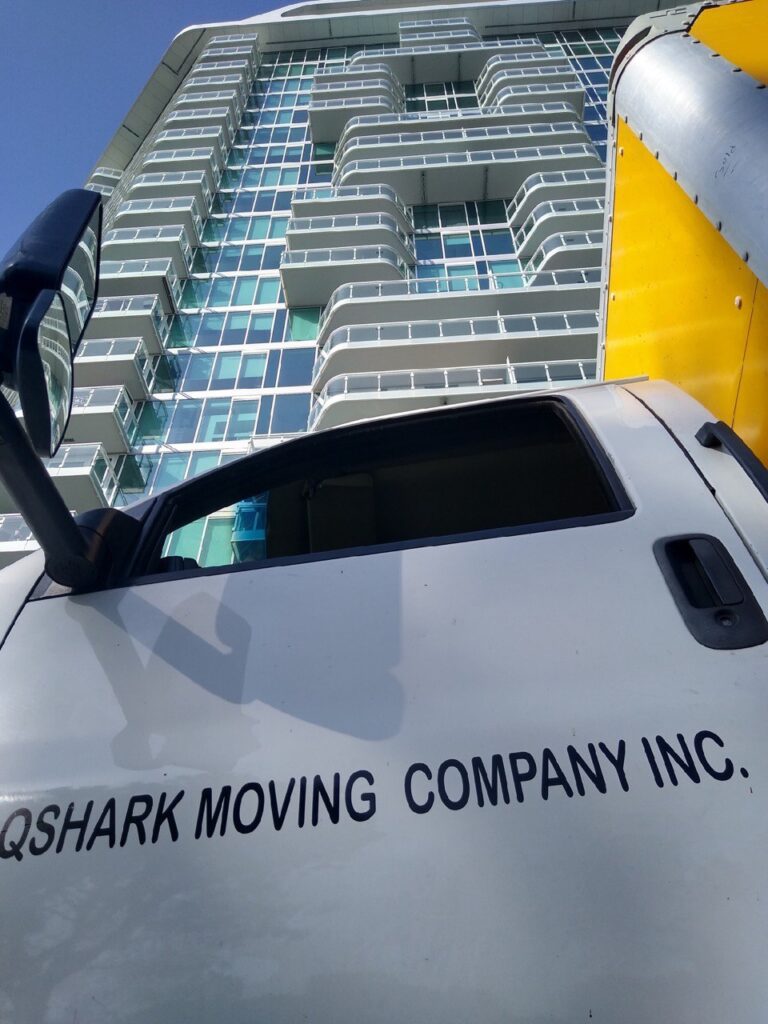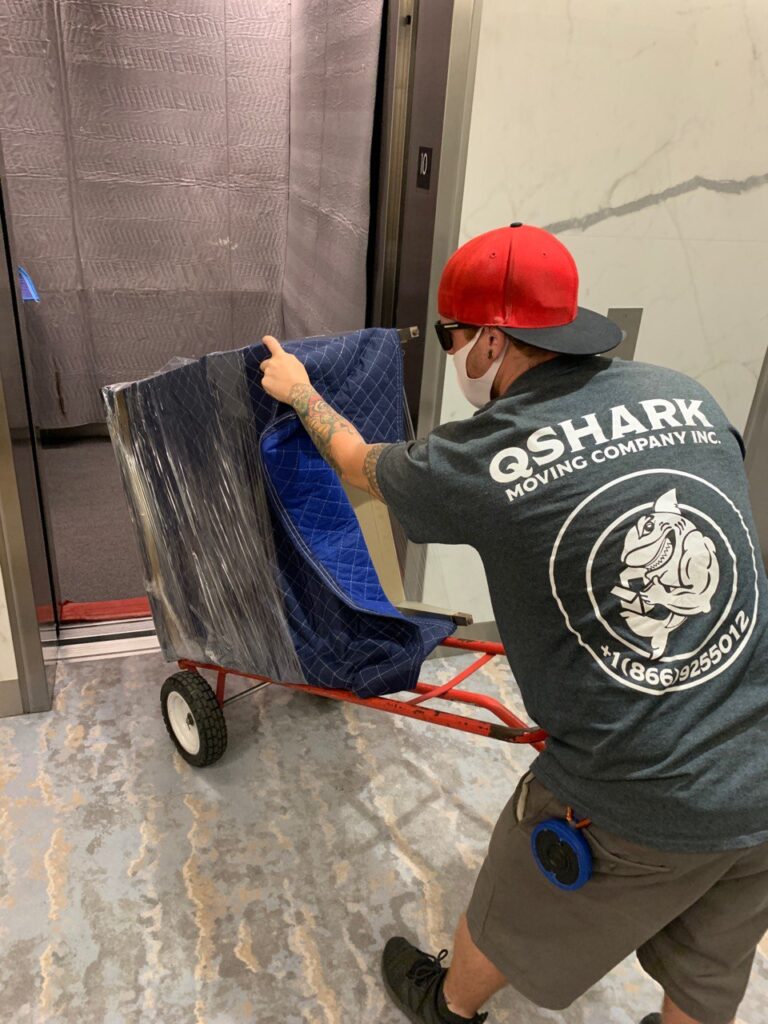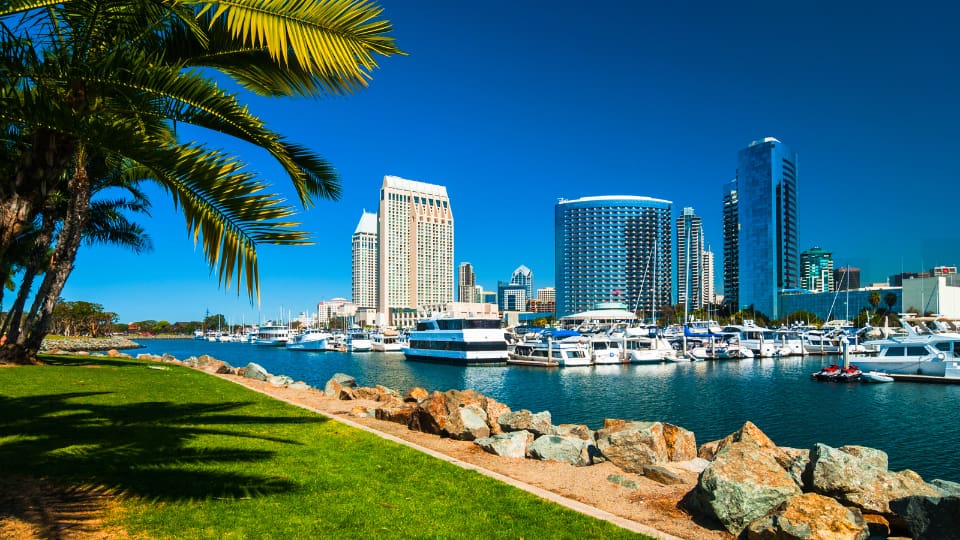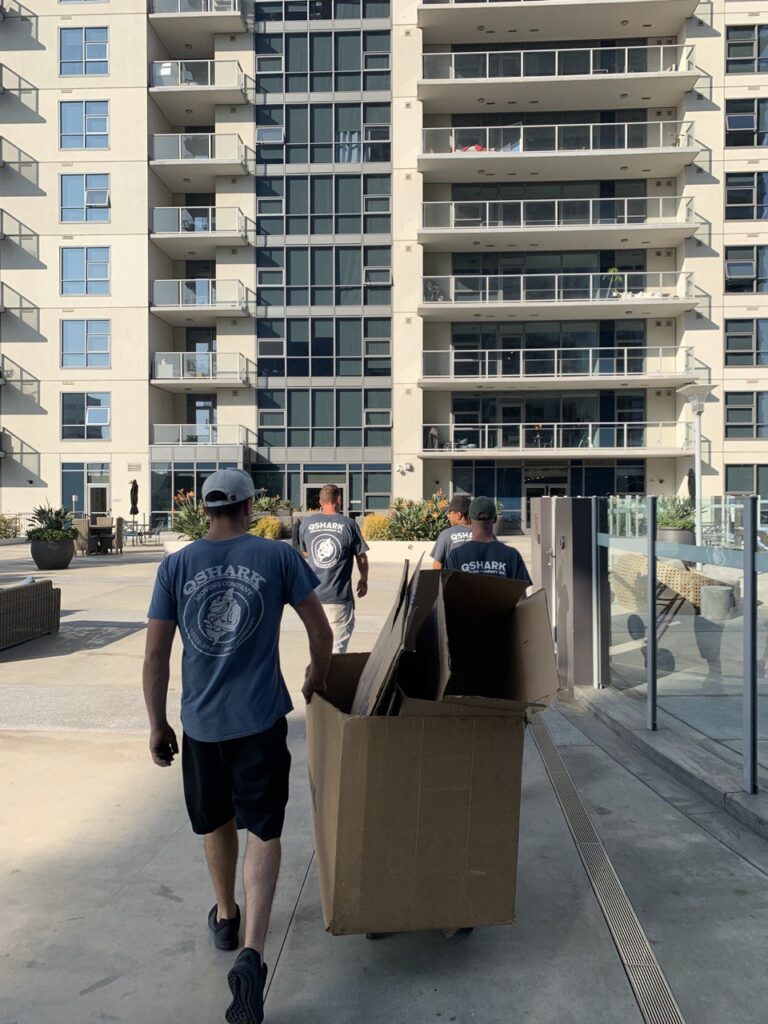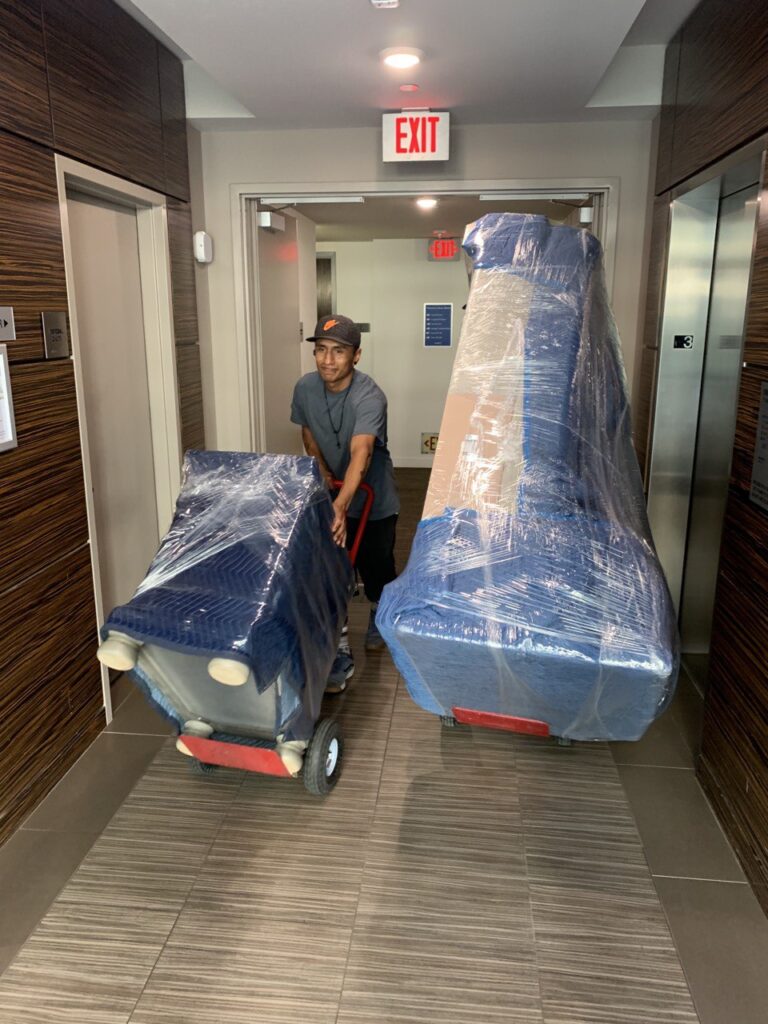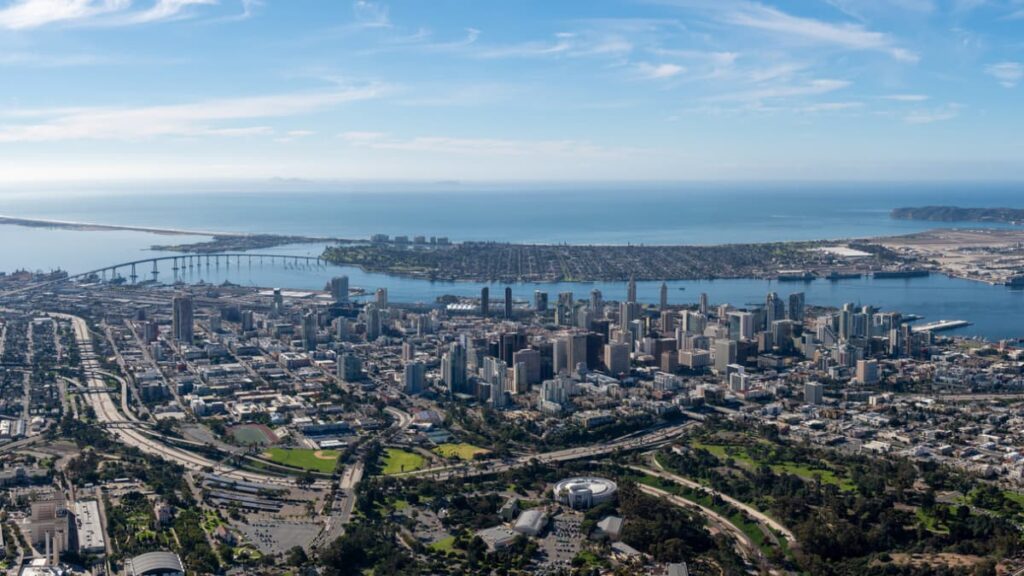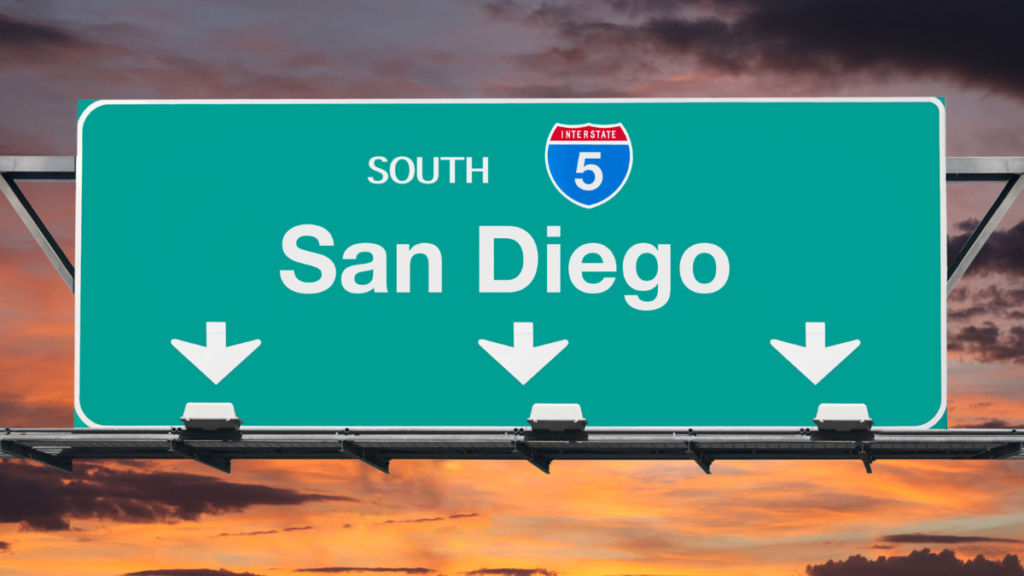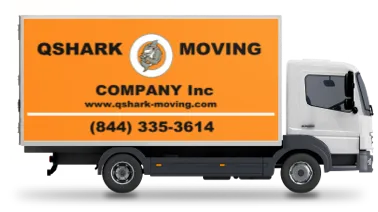Why Hire a moving company?
The process of moving, whether it’s across town or to another state, can be a monumental task. It involves packing your life into boxes, meticulously organizing and cataloging your belongings, and then reverse-engineering everything at your new place. Hiring a team of professional movers can drastically simplify the process. So let’s find out why hire a moving company!
When you decide to employ a moving company, you’re choosing to invest in your peace of mind. With a team of experts who have navigated the complexities of moving countless times, you can focus on starting your new chapter without worrying about the logistics of the move.
- Efficiency: Unlike a DIY move, hiring a moving company guarantees that your move will be handled most efficiently. With experienced movers, packing and unpacking becomes a streamlined process, helping you save valuable time.
- Safety: Moving large or heavy items comes with inherent risks. Top movers are trained to handle heavy items and equipped with the necessary tools to do the job without injury.
- Reliability: A moving company is bound by a legal contract to carry out its job as stated. You can rely on them to show up at the agreed time and date, ensuring your move goes as smoothly as possible.
- Stress-free: Moving can be stressful, but hiring a team of experts takes the burden off your shoulders.
Pros and Cons Of Hiring Movers
| Pros of Hiring a Moving Company | Cons of Hiring a Moving Company |
|---|---|
| Efficiency and time-saving | Cost can be high, especially for long-distance moves |
| Professional packing and handling of belongings | Less control over the moving process |
| Safety of belongings during transit | Potential for miscommunication or misunderstanding with movers |
| Stress-free moving experience | Necessity of scheduling well in advance |
| Access to additional services (packing, storage, etc.) | Potential for additional costs (packing materials, extra services, etc.) |
About Moving Companies:
Whether you’re looking for best movers or cheap movers, knowing what to expect during the hiring process will go a long way in ensuring a smooth transition. In this guide, we’ll break down the process of hiring a moving company, from the initial contact to the post-move process.
Making a move in California? Be sure to check out our Orange County Movers, Movers San Diego, and Irvine Movers services.
Read on to learn more about the advantages and process of hiring a professional moving company and how it can enhance your moving experience.


Understanding Moving Services
Moving services encompass a range of tasks designed to simplify your move. They’re not just about transporting items from one place to another – they also include packing, storage, and even assistance with paperwork. Here’s an overview of some common services you may need:
- Local Moves: Whether you’re moving across the street or town, local movers provide efficient, reliable services to transport your belongings safely to your new home.
- Long-Distance Moves: Moving to a new state or country requires more coordination, paperwork, and logistics. Long-distance movers are experienced in handling these complexities.
- Commercial Moves: Businesses like moving delicate office equipment or managing large inventories have unique needs. Commercial movers are specialists in this area.
- Additional Services: Many moving companies offer extra services to make your move easier. These might include packing, unpacking, disassembling, and reassembling furniture and temporary storage solutions.
Note: The services you need can affect the cost and timeline of your move. Be sure to discuss your needs thoroughly with potential movers to ensure they can accommodate you.
When to Hire a Moving Company
Timing is crucial when planning a move. Factors to consider include the size of your home, the volume of your belongings, the distance you’re moving, and any time constraints you might have. Here are a few things to keep in mind:
- Size of Home: The bigger your home, the longer it will take to pack and move. If you’re moving a large home, consider hiring movers well in advance.
- Amount of Belongings: The more items you have, the more complex the moving process becomes. Professional movers can efficiently pack and transport large volumes of items.
- Distance: Long-distance moves require more planning and coordination than local moves.
- Time Constraints: If you’re on a tight schedule, professional movers can help ensure you move within your timeline.
Early booking is recommended, as top movers’ schedules can fill up quickly, especially during peak moving season (typically summer).


The Process of Hiring a Moving Company
Now that you have an idea of when to hire a moving company and what services you might need let’s walk through the process of hiring a company step-by-step.
- Initial Contact: The first step is reaching out to the moving company, typically through their website or phone. They’ll ask for basic information about your move, like the move-out and move-in locations, the size of your home, and the approximate number of items you’ll be moving.
- Receiving an Estimate: The moving company will then provide an estimate based on your provided information. Some companies may offer to do an in-person or virtual walkthrough of your home to provide a more accurate estimate.
- Booking Your Move: You can book your move once you are satisfied with the estimate and services offered. This typically involves signing a contract and paying a deposit.
Pro Tip: Don’t forget to ask about the moving company’s cancellation and rescheduling policy when booking.
Stay tuned for our next section on Pre-Move Preparations, where we’ll delve into what to expect from your chosen moving company and your responsibilities as a customer to ensure a smooth move.
Pre-Move Preparations
Once you’ve hired a moving company, it’s time to start preparing for the move. You and your movers must complete tasks to ensure everything goes smoothly on a moving day.
What to Expect from Your Moving Company
Your chosen moving company will usually undertake the following pre-move preparations:
- Communication: They’ll confirm the details of the move, including the date, time, and location. This is also when they’ll clarify their services and what they’ll need from you on a moving day.
- Packing Supplies (if requested): If you’ve chosen a service that includes packing, your movers will typically provide all necessary packing materials, including boxes, bubble wrap, packing tape, and more.
- Inventory: Some moving companies will create an inventory of your belongings to ensure everything makes it to your new home safely.
Your Responsibilities as a Customer
While your movers will handle a lot of the heavy lifting (literally), there are a few things you’ll need to take care of:
- Sorting: Go through your belongings and decide what you’re keeping, what you’re selling or donating, and what you’re throwing away. This reduces the amount of stuff you need to move and gives you a fresh start in your new home.
- Labeling: Clearly label your boxes with their contents and the room they belong in. This makes unpacking much easier and ensures your movers know where to put everything.
- Separating Valuables: Keep important documents, jewelry, and other valuable or sentimental items separate from the rest of your belongings. You’ll want to transport these items to ensure they’re not lost or damaged.
Note: Make sure to clear any specific requirements or needs with your moving company well in advance of moving day to ensure they can accommodate them.
Moving Day: What to Expect
The big day has arrived! Here’s what will typically happen on a moving day:
- Arrival: Your moving team will arrive at the agreed-upon time. They’ll usually do a walk-through of your home to get an understanding of the job and confirm the inventory.
- Packing and Loading: If you’ve hired your movers to pack for you, they’ll pack your belongings into boxes and then load those boxes onto their truck. They’ll have a system to ensure everything is loaded safely and efficiently.
- Transportation: Once everything is loaded, your movers will transport your belongings to your new home. You may be able to track their progress online, and they’ll communicate with you as needed during transit.
- Unloading and Unpacking: Upon arrival at your new home, the movers will unload everything and, if included in your service, unpack your belongings and dispose of any debris.
Stay tuned for our next segment, where we will cover what happens after the move, including final checks and how to handle any potential damage or loss claims.
After the Move: Post-Move Process
The process isn’t quite over once all your items have been transported to your new location. There are a few steps to complete to wrap up your move fully.
- Final Checks and Inventory Confirmation: After everything has been unloaded and, if applicable, unpacked, it’s essential to go through your new home and check that everything has arrived and is in the correct place. Compare the items to your inventory list to confirm that nothing is missing.
- Handling Damage or Loss Claims: In the unlikely event that something has been lost or damaged during the move, contact your moving company immediately to report the issue. They should have a process in place to address and resolve these claims.
- Review and Feedback: Most moving companies appreciate hearing about your experience. Whether you have praise or constructive feedback, your movers will want to know so they can continue to improve their services. Many companies also appreciate online reviews, which can help future customers make their choice.
Note: Remember to keep all documentation related to your move until the process is completely over, including any claims for lost or damaged items.


Frequently Asked Questions
Now that we’ve walked through the moving process let’s address some frequently asked questions about hiring a moving company:
- How far in advance should I book a moving company?
- What if I need to reschedule or cancel my move?
- What if I have specialty items that need to be moved?
- What does the moving estimate include?
- What should I do if something is lost or damaged during the move?
In our guide’s next and final section, we’ll discuss why you might want to choose Qshark Moving Company for your next move. We’ll highlight key differentiators, achievements, customer satisfaction scores, and other reasons that set us apart from the competition.
Why Choose Qshark Moving Company
Choosing a moving company is a big decision, and we understand that you have a lot of options. At Qshark Moving Company, we believe we offer a superior service that sets us apart from the competition. Here are some reasons why you might choose us for your next move:
- Experience: We’ve been in the moving business for years and have successfully executed countless moves, both locally and across longer distances. Our team is experienced, skilled, and ready to handle any challenge during your move.
- Customer Satisfaction: We take customer satisfaction seriously, and it shows in our excellent reviews and ratings. We’re dedicated to providing a seamless moving experience and are always looking for ways to improve our service.
- Comprehensive Services: Whether you need help packing, have a large item to move, or need temporary storage, we offer a range of services to meet your needs. We can handle any move, regardless of size or complexity.
- Transparency: We believe in clear communication and transparency. Our estimates are accurate and comprehensive, and we’re always available to answer any questions about the moving process.
- Professionalism: Our team is professional, respectful, and committed to treating your belongings with the utmost care. You can trust us to deliver your items to your new home safely and efficiently.
Conclusion
Moving can be complex, but it doesn’t have to be stressful with the right moving company. You can confidently navigate your next move by understanding what to expect when hiring a moving company.
Whether you’re planning a local or long-distance move or need additional services like packing or storage, Qshark Moving Company is here to help. With our experienced team and commitment to customer satisfaction, we’ll ensure your move is as smooth and stress-free as possible.
Contact us today to learn more about our services or to book your move. We’re excited to help you start your new chapter!
Note: Each move is unique, and this guide is meant to provide a general understanding of the moving process. For information specific to your move, please contact your moving company. Congratulations now you know why hire a moving company can be a good option.















